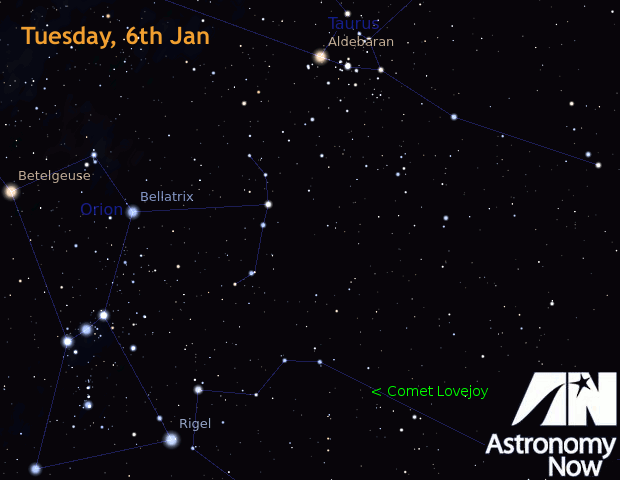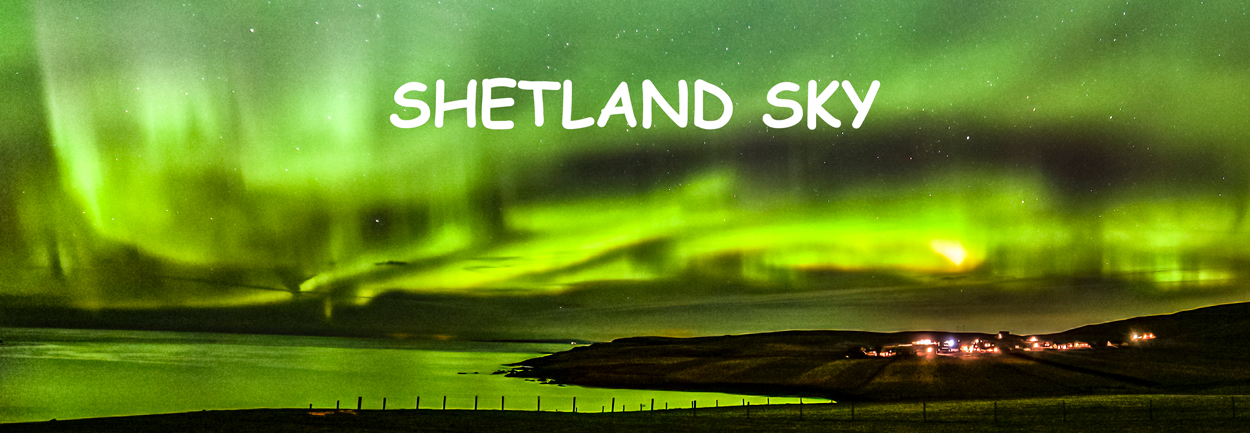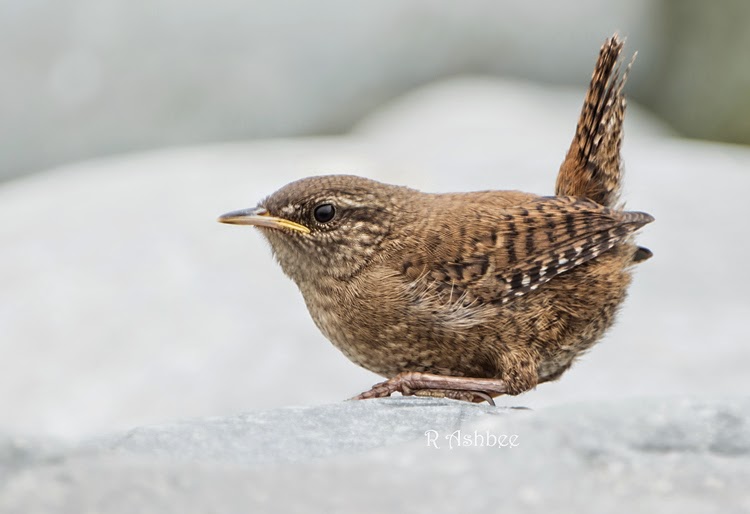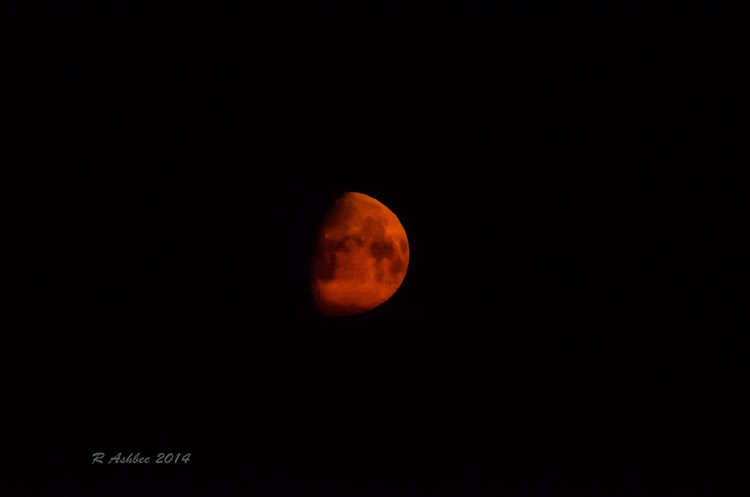If you believe every weather forecast you would never get out. For the last two days it has forecast overcast nights with showers but when i looked out it was completely clear with the stars shining brightly.
So Wednesday night, same sort of forecast but the weather during the day had been good, contrary to the day forecast. I decided that tonight was the night and prepared to go out somewhere around Sandwick . The weather was more that perfect for Shetland, clear, cold and very still only 2 mph. It was colder than forecast as the car dashboard warned of ice, so below 3 degrees.
In addition to the weather the moon was only a sliver and the cloud that was about, dimmed the moon light. While I set up i could see a pocket of cloud drifting in but as luck would have it it moved west and missed Sandwick.
I always do a test shot first at a high ISO just to check what will be in view. Pointing north would always catch some lights from nearby houses but I wanted a star trail shot of the church at Sandwick It was becoming cold and the dew point was low, enough that you could see dew on the car within the time I had set up. This required my new dew buster kit which had arrived from various points around the world.
The battery from China, the dew wrap from America and a connecting lead from Australia. I charged the battery prior to going out but I don't know whether it is fully charged or not as the colour and intensity of the red light does change, even after six hours- the recommended charge time is one hour.
Connecting up the new kit i slipped the battery pack into a small pouch and hung it over the tripod. Setting the Tokina 11-16 mm lens to 11 mm i started taking 30 second exposures at F/4 ISO 500. I rattled off 68 frames and combined with dark frames to produce the following shots. Still not fully happy so will try again soon.
While the camera did its own thing I got the binoculars out and scanned the sky, three meteorites shot passed all very bright. This is from the Taurid meteor shower visible from the 20 Oct - 30 November (around 10 per hour) with its peak on the 5 November.
I picked out the milky way without any aid, the dusty lane of stars stretching across from East to West, I wouldn't have been able to see this in Sheffield. Pleiades looked inviting, its is a very bright cluster of stars easily picked out in the south east sky. Cassiopeia , the distinctive
M shape could be seen directly over head, all good targets for future night sessions . Around 9.30 pm when the clouds had reduced in the north, a faint aurora was seen for around 5 minutes.


































